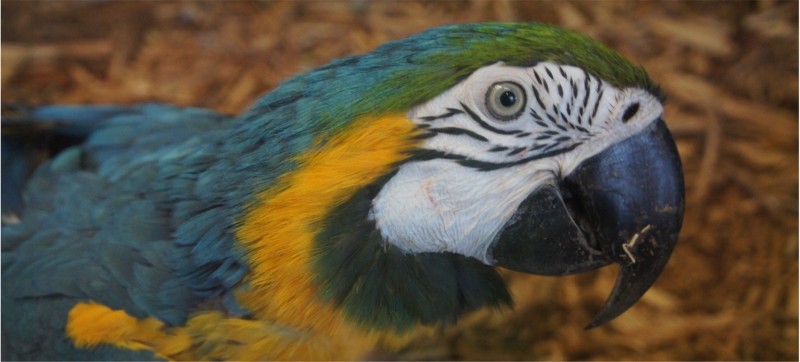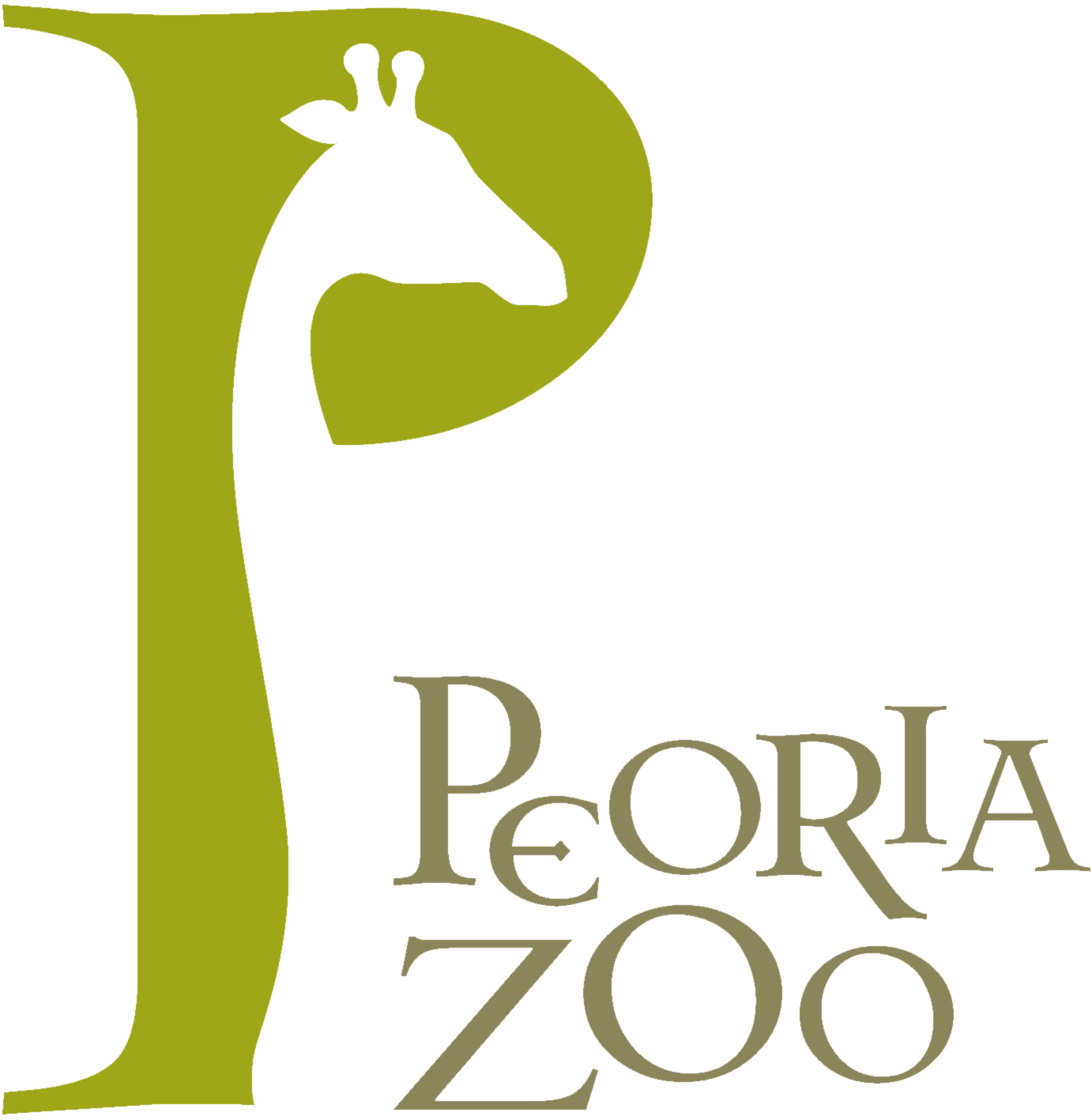Blue-and-yellow Macaw - Ara ararauna

Habitat:
live in tropics/subtropics, prefer forests that grow in swampy ground or rivers
Range:
Commonly found throughout Mexico, as well as Central America and the northern parts of South America
Activity Cycle:
Bask in sun and feed at dawn
Features:
It is vivid in appearance with blue wings and tail, dark blue chin, golden under parts and a green forehead. Its beak is black, and very strong for crushing nuts. The naked face is white, turning pink in excited birds, and lined with small black feathers.
Size:
It can reach 29.9-33.9 inches long and weigh 2-3 lbs
Social Structure:
Sociable birds that live in large groups. They live in groups of 100 or more. There is no leader within the group and all the birds are equal but paired birds fly very close together with their wings almost touching.
Life Expectancy:
Up to 50 years
Diet:
The Blue and Yellow Macaws food to eat is nuts, fruits, seeds and berries.
Reproduction:
The Blue-and-yellow Macaw generally mates for life. It nests in a tree hole and the female typically lays two or three eggs. The female incubates the eggs for about 28 days, and the chicks fledge from the nest about 90 days after hatching. Both males and females defend the nest.
Status:
Is listed with the IUCN as "least concern", but deforestation has a major impact on them. The Convention of International Trade lists this species as "Appendix II".
Interesting Facts:
- They are one of the largest parrots in the world
- The beak can be used for climbing and hanging from trees
- Can be taught to talk if in captivity
- Greatest threats to macaws is deforestation
Prices
- Adult (13 and over)$12.50
- Child (2 - 12)$9.00
- Child (1 and Under)FREE
- Senior (65+)$11.50
- Active Military$11.50
We begin transferring animals to evening (off exhibit) holding at 4:30 each night.
Find Us
2320 N. Prospect Rd.
Peoria, IL 61603
Phone: 309-686-3365
Open Daily 10:00-5:00
Last admission at 4:30
